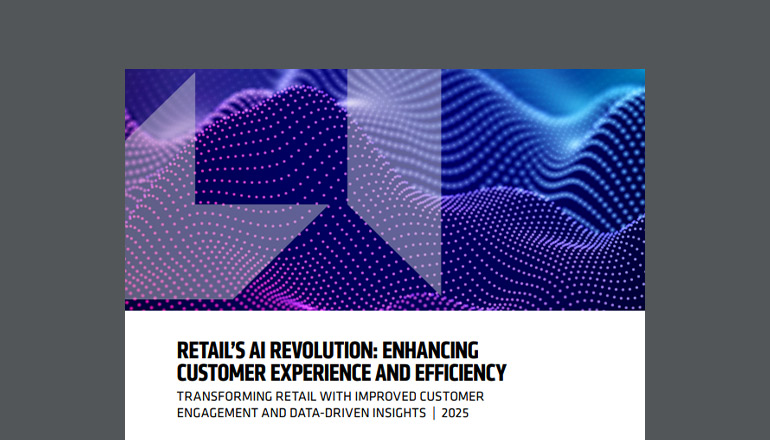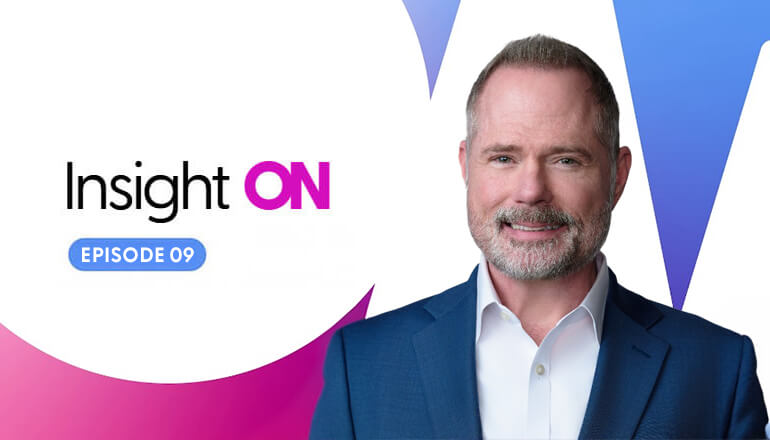Client story Sales Enablement for Healthcare Organization Improves With an App
By Insight Editor / 11 Nov 2017 / Topics: Mobility Customer experience

Facts at a glance
Client industry:
Healthcare
Challenge:
The client needed to modernize its sales application for better sales enablement and also wanted to implement a new enterprise mobility strategy to better leverage core infrastructure and streamline its number of organically grown applications.
Solution:
- Windows 8.1 app
- .NET framework
- Xamarin platform
Results
- New mobility strategy
- Enhanced overall user experience on mobile devices
- Reduced total cost of ownership for the app
- Strengthened security
Solution area:
Insight’s Digital Innovation solutions help clients incorporate emerging tech into their business operations to improve the customer experience.
A global healthcare products leader and medical devices manufacturer needed to modernize its sales application for better sales enablement. Dedicated to creating innovative medical solutions for better patient outcomes, the company also wanted to embark on a new enterprise mobility strategy to better leverage core infrastructure and streamline its number of organically grown applications.
The company identified more than 500 users in the medical supply sales group to receive Lenovo Windows 8 tablets, moving from a dual dependency on PCs and iPad devices to a single, IT-supported hardware device.
As a starting point, the company targeted its sales application, one of three core productivity applications for its sales groups. The application provides a library of product specifications, videos, pricing and more across tens of thousands of items in the company's product catalog. The sales application features, initially developed for iOS, would be made available for the Windows 8 tablet users.
In search of speedy synchronization
On sales visits, the company's sales agents choose content that might be most applicable to a particular customer and assemble it into a presentation to show that customer. The sales reps need to interact with the content, create and edit presentations, and sync those presentations back to the content host.
The existing sales application ran only on iPad tablets. The iPad didn’t allow asynchronous content sync — therefore, the sales force couldn't use the device while synchronizing content. A typical sync could take more than 30 minutes to complete, preventing the sales reps from doing other activities during that time.
In addition, the iPad platform was difficult and costly to support from an enterprise perspective in terms of purchasing, deployment, security, compatibility, application development and maintenance.
Toward sales enablement
Insight built the sales enablement application on four pillars:
Compatibility — The new version doesn’t require changes to the service API or content organization on the server. The sales application prototype uses exactly the same Representational State Transfer (REST) service APIs as the current release of the iOS version.
The same http request headers, Uniform Resource Identifier (URI) parameters, content tokens and encryption algorithms are used by both. In addition, no changes were made to the organization of content online. The new version is 100% compatible with the iOS version of the sales application with regard to both services and content.
Modern design — The prototype exploited the modern UI guidelines to help ensure the best native user experience for a Windows 8.1 tablet application by emphasizing a tile-based design for touch-first interactivity. Content is displayed to the user according to tile-based design principles, grouping different content types in an intuitive way.
The application was designed and built as a Windows Store app solution, preserving the option for the organization to deploy it either from the Windows Store or as a side-loaded application with a scripted install directly from corporate infrastructure.
Portability — To minimize code maintenance and development, we ensured as much code as possible was portable to both Windows and iOS tablets. The prototype is a XAML and C# application using the .NET framework and based on a number of portable frameworks and libraries.
A key component is the Xamarin platform, providing an application development model that gives the healthcare organization the ability to run a single code base on both platforms. This new transition pathway allows for operating in mixed platforms without having to maintain completely separate code bases for all of the company’s applications.
Asynchronous service — We leveraged portable, asynchronous libraries to ensure all file Input/Output (I/O) and REST service calls occur asynchronously. This means the new sales application remains usable and responsive during long-running synchronization processes.
Improving operations and patient care
Insight's Digital Innovation team "are experts at creatively modernizing the capabilities of our existing clinical systems investments to improve both operational efficiencies and the quality and consistency of patient care,” says the global healthcare products company’s chief information officer.
The sales application prototype demonstrated the high feasibility of a Windows 8.1 version of the sales application. In addition, the project revealed that a new mobility strategy — particularly a production-quality release on Microsoft Surface devices — would significantly enhance the overall user experience on mobile devices, reduce the total cost of ownership for the app and strengthen security.



